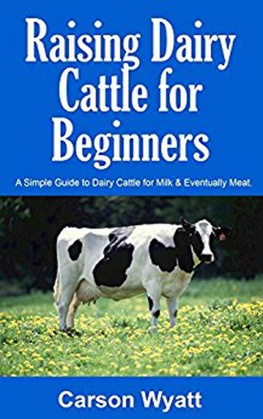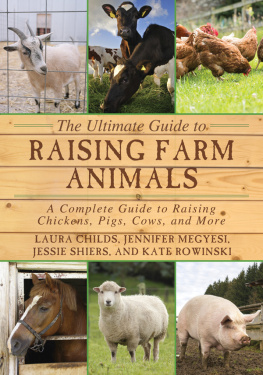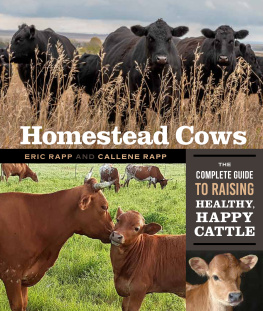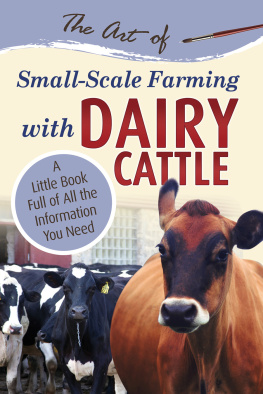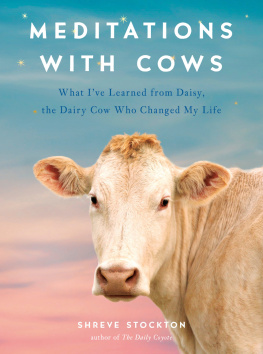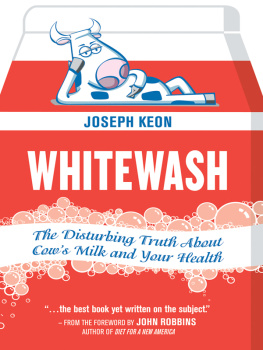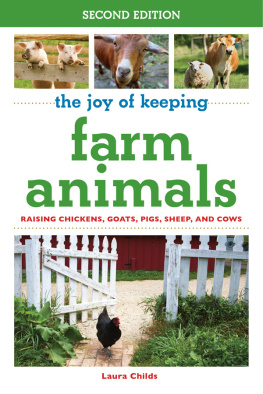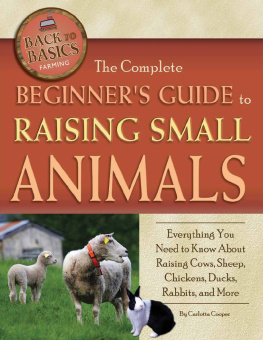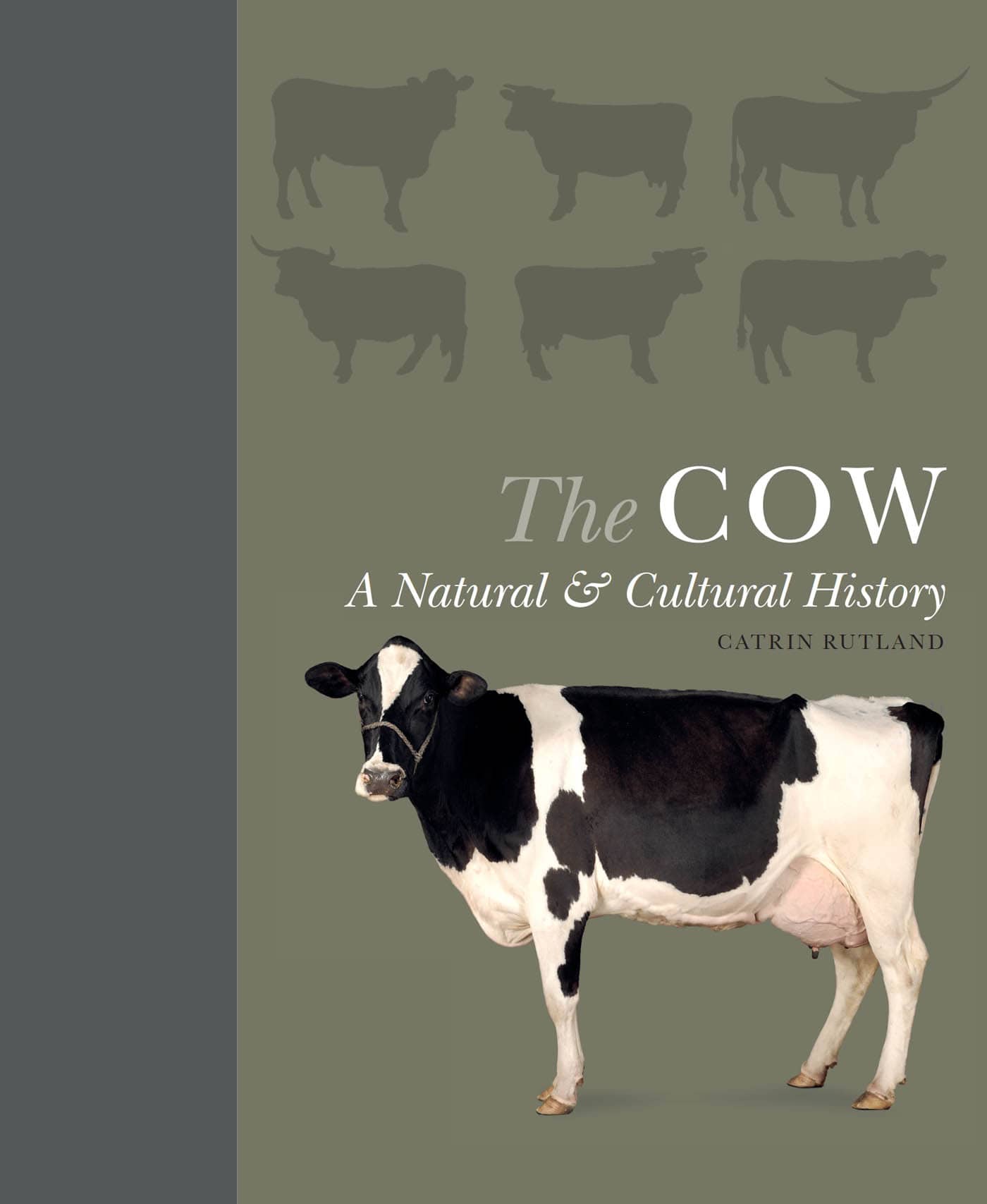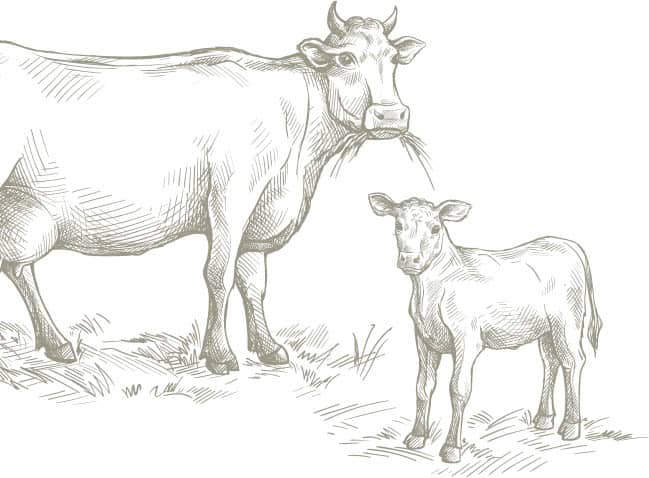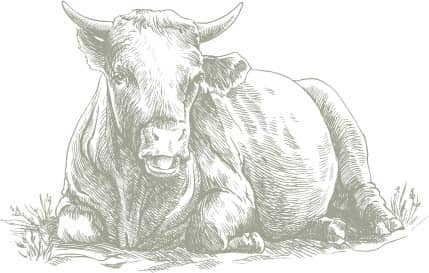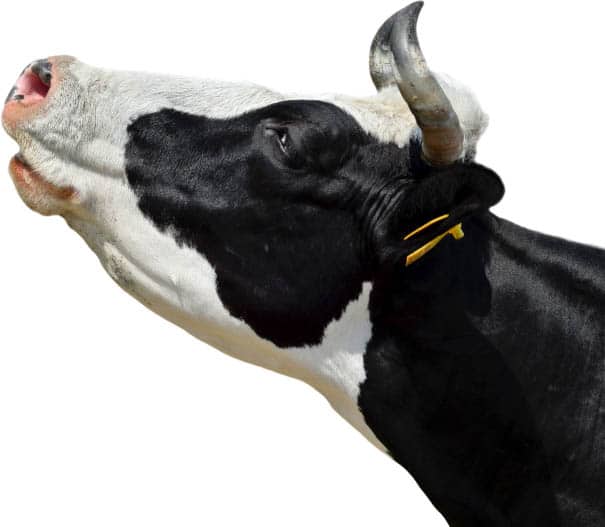Professor Catrin Rutland - The Cow: A Natural and Cultural History
Here you can read online Professor Catrin Rutland - The Cow: A Natural and Cultural History full text of the book (entire story) in english for free. Download pdf and epub, get meaning, cover and reviews about this ebook. year: 2021, publisher: Princeton University Press, genre: Home and family. Description of the work, (preface) as well as reviews are available. Best literature library LitArk.com created for fans of good reading and offers a wide selection of genres:
Romance novel
Science fiction
Adventure
Detective
Science
History
Home and family
Prose
Art
Politics
Computer
Non-fiction
Religion
Business
Children
Humor
Choose a favorite category and find really read worthwhile books. Enjoy immersion in the world of imagination, feel the emotions of the characters or learn something new for yourself, make an fascinating discovery.

- Book:The Cow: A Natural and Cultural History
- Author:
- Publisher:Princeton University Press
- Genre:
- Year:2021
- Rating:4 / 5
- Favourites:Add to favourites
- Your mark:
The Cow: A Natural and Cultural History: summary, description and annotation
We offer to read an annotation, description, summary or preface (depends on what the author of the book "The Cow: A Natural and Cultural History" wrote himself). If you haven't found the necessary information about the book — write in the comments, we will try to find it.
A richly illustrated introduction to the science and history of the cow
We populate the countryside with cows the world over, and their familiar presence ensures that global demands for milk and beef are met. But with more than a billion cattle on the planet, the importance of cows extends well beyond food production. Cows are venerated by some religions and shunned by others; they provide leather for shoes, clothing, and other uses; and they have long been central to the agricultural way of life, working the fields, pulling carts, and providing fertilizer. The Cow is a comprehensive guide to help us understand these important animals, offering a wealth of information about their anatomy and behaviors, breed varieties, and place in human culture past and present. Exploring the cows livestock credentials and beyond, this book combines engaging and informative text, beautiful photographs, and explanatory diagrams to examine the cows fascinating biology, its hard-wired behaviors, and its relationship with humankind.- Provides an in-depth look at the evolution of the cow, its role in agriculture, and the development of breeds
- Includes chapters on Anatomy & Biology, Society & Behavior, and Cattle & People
- Features a photographic directory of forty global cattle breeds
Professor Catrin Rutland: author's other books
Who wrote The Cow: A Natural and Cultural History? Find out the surname, the name of the author of the book and a list of all author's works by series.

